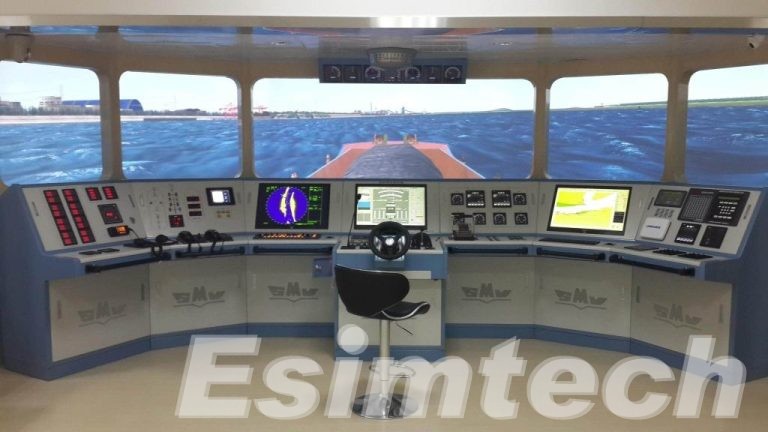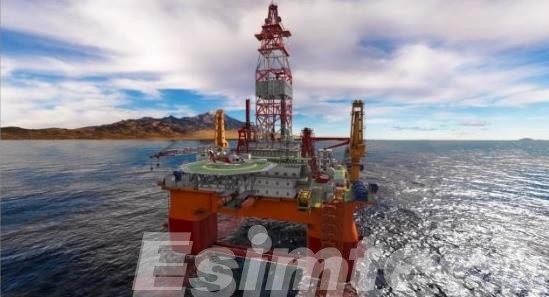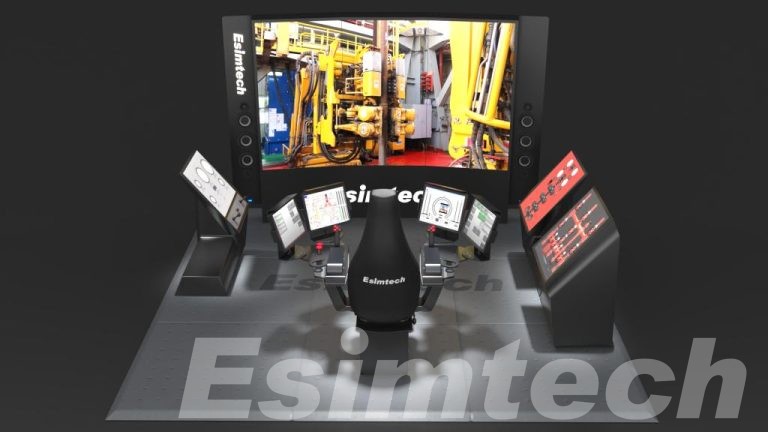Navigation Simulators: 5 Key Points You Need to Know
The advent of navigation simulators has changed the face of training, research, and operational planning in the maritime field. These devices aim at reproducing real-world maritime scenarios and allowing vessel operators, maritime learners, and other specialists in the field the ability to practice vessel/knot navigation and pay attention to the maximization of efficiency and optimization of…










